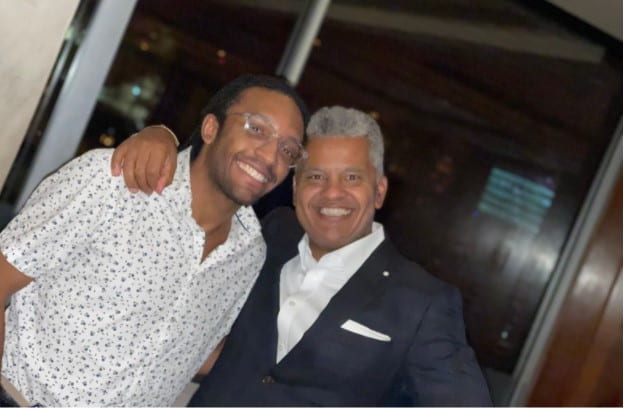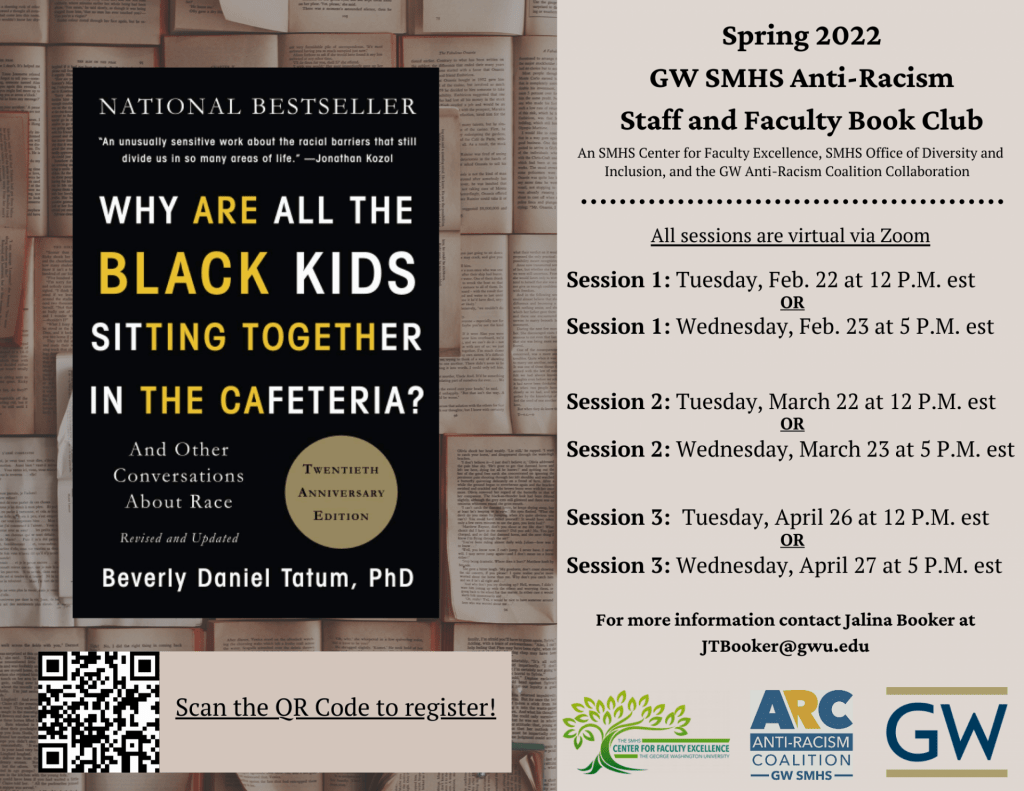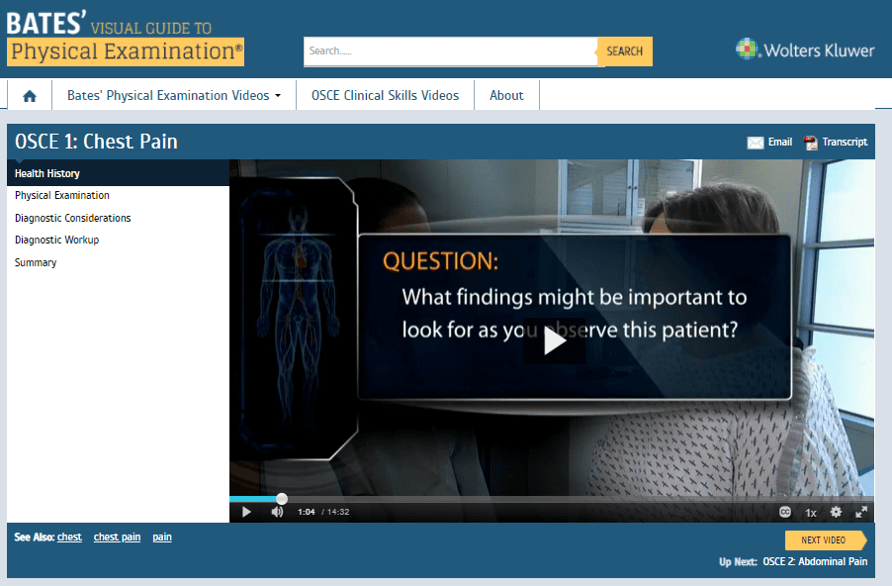
African-Americans have always been a significant portion of Washington D.C.’s population. Since the cultivation of the land and eventual creation of the capital city, African-Americans, both enslaved and free, steadily flowed into the city and planted roots in certain neighborhoods such as U Street, Georgetown and Barry’s Farm. They formed communities that often bridged class divisions to support each other through adversity and advocated for the expansion of their rights, from equitable access to the voting booth to safe and affordable housing, issues that are still relevant today. Scattered throughout the city are monuments and memorials dedicated to some of the figures, social-political movements and institutions that were pivotal in supporting the African-American community. As this year’s Black History Month comes to a close, we’d like to highlight some of the people, locations, landmark court cases and other historical moments that created the foundation that many Black Washingtonians stand on today.
Benjamin Banneker (1731-1806)- A native Marylander, Benjamin Banneker was a mathematician and amateur astronomer who helped survey the land and establish boundaries for the newly commissioned capital of the United States. Banneker received little formal education and taught himself many of the skills he frequently used. When Andrew Ellicott, a cousin of Banneker’s neighbor George Ellicott, was tapped to survey the land that eventually became Washington D.C., Andrew brought along Banneker to assist with the project. In the 1600s and 1700s the land around the future capital was primarily farm land, specifically tobacco plantations that heavily relied on slave labor. When the survey team arrived, they had to navigate a landscape that looked vastly different from the city of our time. Because of his age and the demands of the physical labor that the project required “Banneker…concentrated on the intellectual tasks of calibrating instruments, making mathematical projections, and calculating distances accurately.” (Asch & Musgrove, 2017, p. 27) Banneker also advocated for emancipation for enslaved Africans. In a letter to Thomas Jefferson, he expressed his desire to see enslaved people freed and argued that African-Americans could contribute to society if they were given the opportunities to govern themselves. Benjamin Banneker died in 1806 in Maryland and was buried in his family’s burial grounds. Overlooking L’Enfant Plaza in the southwest sector of D.C. is a park dedicated to Benjamin Banneker. This park is one of many sites in the country that pays tribute to Banneker’s work and legacy.
Queen v. Hepburn (1813)- Slavery was a dominant function of Washington D.C’s society, much like other parts of the country. While enslaved people in Washington experienced some small forms of freedom and independence, unlike those who labored on Southern plantations, they still sought ways to experience full freedom. Freed African-Americans would often ‘purchase’ their enslaved relatives. But some enslaved individuals used the courts to gain their freedom. Mina Queen, an enslaved woman in Maryland, pursued this route in the 1810s when she argued for her freedom by insisting that her great-grandmother was a free woman and this freedom passed down to Mina. She hired Francis Scott Key to represent her and her case circulated through the legal system before eventually reaching the Supreme Court. Unfortunately the Supreme Court ruled against Mina and her eventual fate is unknown. Chief Justice John Marshall “dismissed the use of hearsay testimony to establish one’s legal status, ruling that in legal terms enslaved people were considered property. If the Court allowed such hearsay evidence, Marshall argued ‘no man could feel safe in any property.’” (Asch & Musgrove, 2017, pp.42-43) While the Queen v. Hepburn case was a setback for enslaved people seeking their freedom, it also points to the ways in which they resisted the institution of slavery. This decision did not deter enslaved people from using the courts to gain their freedom and shows the many avenues African-Americans pursued before the Emancipation Proclamation.
Barry Farms (established. 1867)- Located in Southeast Washington, Barry Farms was created by the Freedmen’s Bureau after the end of the Civil War. While the 1863 Emancipation Proclamation freed enslaved people in the South, enslaved Washingtonians were actually freed a year earlier in 1862 with the passage of “An Act for the Release of Certain Persons Held to Service or Labor in the District of Columbia” that President Lincoln signed into law on April 16, 1862. (This date is remembered as Emancipation Day in D.C.) African-Americans flocked to the capital, putting further strain on the already limited housing market. The Freedmen’s Bureau was tasked with assisting the freed men and women adjust to their new lives. To help resettle African-Americans, the bureau purchased 375 acres of land, divided the land into one-acre plots and sold them for $125-$300 per acre. The purchase also included lumber to construct homes and residents had two years to pay off the costs. Over the years, Barry Farms developed into a thriving community which included hundreds of homesteads, a church, a school and other community institutions. The Barry Farms community exists today, though many residents are actively working to keep the neighborhood listed as an affordable housing option. Barry Farms did not completely end the housing crisis many Washingtonians experienced, but with time it developed into a well-established neighborhood for African-Americans.

African-American Education in the District- Black Washingtonians saw access to education as a key feature that would benefit everyone. As more and more African-Americans migrated to the capital, individuals and charitable organizations worked to build public and private schools to teach reading, arithmetic and other subjects. Howard University, located near the popular U Street Corridor, was founded in 1867 and named after the Union general Oliver O. Howard. It was originally an integrated university, but primarily focused on educating black students. The Preparatory School for Colored Youth (later known as M Street High School and eventually Dunbar High School) was one of the first public high schools for African-American students. The high school was a well-respected and beloved institution for Black Washingtonians and it eventually became one of the top high schools in the country. Many of the schools wrestled with segregation and intense scrutiny from school board members or congressional leaders, but this didn’t dissuade individuals from seeking to educate themselves. Many African-Americans saw a formal education as their ticket to a better life.

Mary Church Terrell (1863-1954)- Born in Tennessee, Mary Church Terrell was an educator, activist and one of the first Black women to earn a college degree. She was an influential figure in the community. She taught Latin at M Street High School and was eventually appointed to the Board of Education, making her the first Black woman to ever sit on a school board in the country. In 1896, she helped found the National Association of Colored Women. Terrell believed in “uplifting” the Black community and worked tirelessly with other organizations to fight against racial discrimination. When African-American women secured the right to vote with the passage of the 19th amendment, Terrell focused on other forms of discrimination such as inequitable access to education and racial discrimination by businesses. Her home, located in the LeDroit Park neighborhood, is considered a National Historic Landmark and in 2020 she was inducted into the National Women’s Hall of Fame.
“Black Broadway”/ U Street Corridor- With it’s close proximity to Howard University, the blocks of U Street are filled with restaurants, bars and clubs where many Washingtonians unwind after the work week. But from the early to mid 1900s, U Street was a hub of entertainment and commerce for African-Americans who were denied access to many theaters, businesses and other venues because of Jim Crow laws. Before the Harlem Renaissance, U Street was filled with nightclubs, theaters and restaurants that catered to middle-class and affluent African-Americans and was seen as a place of cultural significance. U Street “boasted more than three hundred black-owned businesses and organizations, including the Whitelaw Hotel and the Industrial Savings Bank, both established by a remarkable, unschooled black entrepreneur named John Whitelaw Lewis.” (Asch & Musgrove, 2017, p. 239) Edward Kennedy “Duke” Ellington, one of the most well-known composers and jazz musicians, grew up near the historic U Street Corridor and performed some of his earliest shows in the neighborhood’s theaters. Though the area experienced hardships in the 1960s to the 1990s, it has once again become a popular section of the District and is remembered for providing entertainment to African-Americans after the Great Depression.
It is difficult capturing every historical event that holds meaning to the African-American community in Washington D.C. While the capital was not immune to the racial tensions and divisions that impacted the rest of the country, many African-Americans believed Washington D.C. was a haven and people moved to the city in search of a better life. There are ongoing changes to the capital’s population, but it’s important to remember the history and experiences of the individuals and organizations that helped shape Washington D.C.
Work Cited:
Asch, & Musgrove, G. D. (2017). Chocolate City : a history of race and democracy in the nation’s capital. The University of North Carolina Press.
McQuirter, M. A. (n.d.) A Brief History of African Americans in Washington, DC. Cultural Tourism DC. https://www.culturaltourismdc.org/portal/a-brief-history-of-african-americans-in-washington-dc
Biography.com Editors. (2014, April 2) Benjamin Banneker Biography. The Biography.com website. https://www.biography.com/scientist/benjamin-banneker
Black Broadway on U: A Transmedia Project. (n.d.) Blackbroadway on U. https://blackbroadwayonu.com/
Further Readings:
Black Georgetown Remembered: A History of Its Black Community from the Founding of “The Town of George” in 1751 to the Present Day by Kathleen Menzie Lesko, Valerie Babb & Carroll R. Gibbs
Leading the Race: The Transformation of the Black elite in the nation’s capital, 1880-1920 by Jacqueline M. Moore (available through a CLS request)
The Black History of the White House by Clarence Lusane (available through a CSL request)












